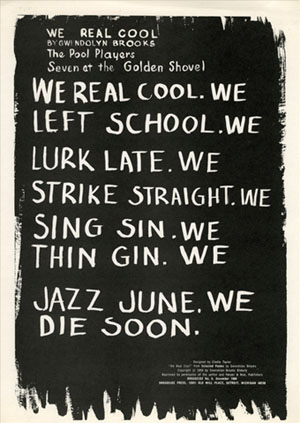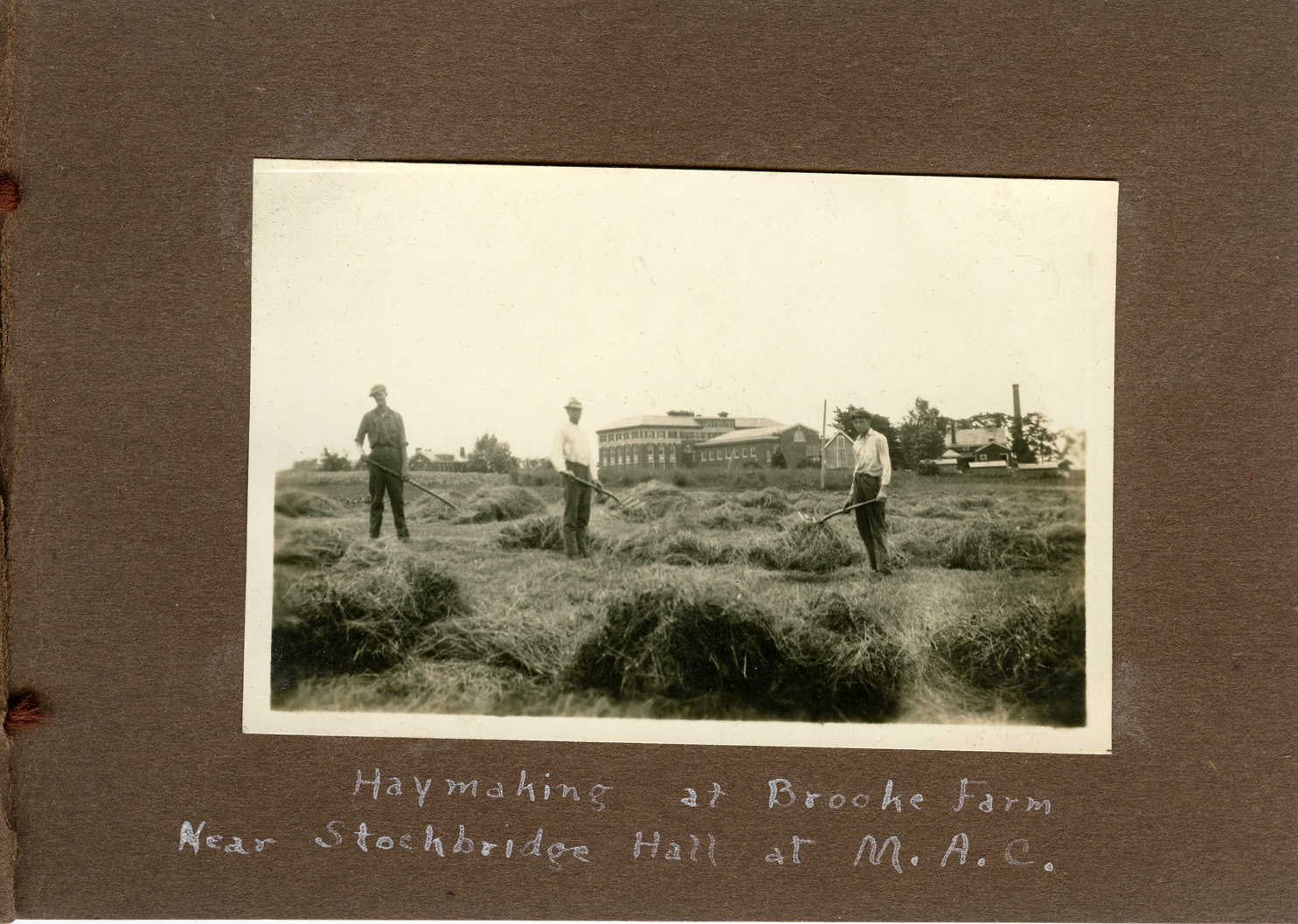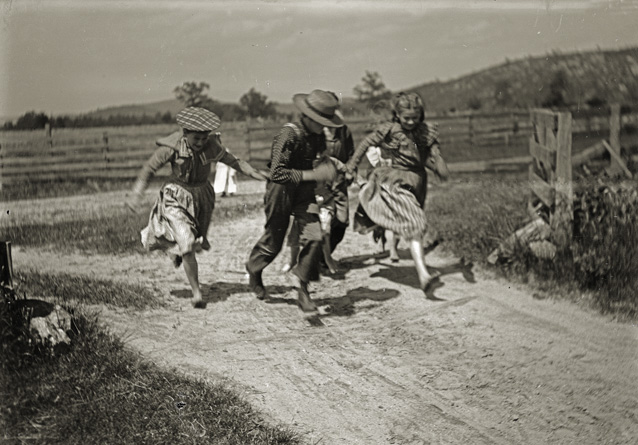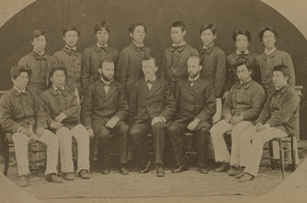Broadside Press Collection

The printed works are temporarily stored offsite; contact SCUA to request printed materials from this collection.
A significant African American poet of the generation of the 1960s, Dudley Randall was an even more significant publisher of emerging African American poets and writers. Publishing works by important writers from Gwendolyn Brooks to Haki Madhubuti, Alice Walker, Etheridge Knight, Audre Lorde, Amiri Baraka, Nikki Giovanni, and Sonia Sanchez, his Broadside Press in Detroit became an important contributor to the Black Arts Movement.
The Broadside Press Collection includes approximately 200 titles published by Randall’s press during its first decade of operation, the period of its most profound cultural influence. The printed works are divided into five series, Broadside poets (including chapbooks, books of poetry, and posters), anthologies, children’s books, the Broadside Critics Series (works of literary criticism by African American authors), and the Broadsides Series. . The collection also includes a selection of items used in promoting Broadside Press publications, including a broken run of the irregularly published Broadside News, press releases, catalogs, and fliers and advertising cards.





